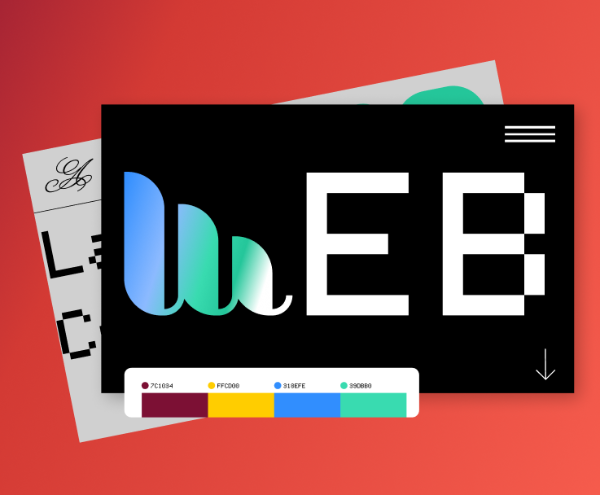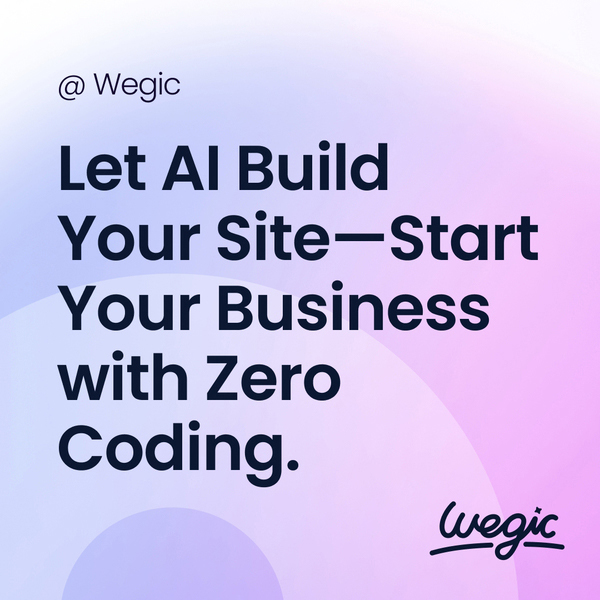How to Master Concrete Websites Builder
Getting Started with Concrete Websites Builder
Concrete Websites Builder
In today’s digital age, having a strong online presence is essential for businesses of all sizes. A well-designed website can help attract new customers, showcase products and services, and establish credibility in the marketplace. However, many business owners are hesitant to invest in web design due to concerns about cost. In this article, we will explore the factors that can influence the cost of web design and provide guidance on how to ensure that you get the best value for your money.

Getting Started with Concrete Websites Builder
Concrete Websites Builder
One of the top AI website builders is Wix. Wix offers a user-friendly drag-and-drop interface that allows users to easily customize their website layout and design. The platform also features hundreds of templates and design elements to choose from, making it easy to create a unique and visually appealing website. Additionally, Wix’s AI technology, known as Wix ADI (Artificial Design Intelligence), can create a personalized website for users based on their preferences and needs. This makes the process of building a website quick and hassle-free.
Another popular AI website builder is Squarespace. Squarespace is known for its sleek and modern templates that are perfect for businesses looking to showcase their products or services. The platform offers a variety of customizable design options, including fonts, colors, and layouts, allowing users to create a website that reflects their brand identity. Squarespace also features a built-in AI tool called Squarespace LogoMaker, which can create a custom logo for businesses in minutes. With its intuitive design interface and AI-powered tools, Squarespace makes it easy for users to create a professional website with minimal effort.
Weebly is another top AI website builder that is perfect for users looking for simplicity and ease of use. Weebly’s drag-and-drop interface makes it easy to build a website from scratch, with no coding required. The platform offers a variety of templates and design elements to choose from, allowing users to create a unique and visually appealing website. Weebly’s AI technology can also suggest design elements and layouts based on the user’s preferences, making it even easier to create a personalized website. With its user-friendly interface and AI-powered features, Weebly is a great option for small businesses and entrepreneurs looking to establish an online presence.
For those looking for a more advanced AI website builder, Adobe Dreamweaver is a great option. Dreamweaver offers a wide range of design and customization options, allowing users to create a website that is completely tailored to their needs. The platform features a powerful AI tool called Adobe Sensei, which can generate code based on the user’s design preferences. This makes it easy for users to customize their website layout and design without having to write code. With its advanced AI technology and robust features, Adobe Dreamweaver is a top choice for users looking for a high-level website builder.
What is a website ranking checker?
A website ranking checker is a tool that allows you to monitor the position of your website in search engine results for specific keywords or phrases. These tools provide valuable insights into how well your website is ranking compared to your competitors and help you track your progress over time.
There are a variety of website ranking checkers available, ranging from free to paid versions. Some popular tools include SEMrush, Ahrefs, Moz, and Google Search Console. Each tool offers unique features and metrics that can help you better understand how your website is performing in search engines.
Why is website ranking important?
Website ranking is crucial for businesses looking to increase their online visibility and attract more organic traffic to their website. Research shows that the majority of users click on one of the top three search results, making it essential for businesses to aim for higher rankings on SERPs.
Higher website rankings also lead to increased credibility and trustworthiness in the eyes of consumers. Websites that appear on the first page of search results are often perceived as more authoritative and relevant to users, which can result in higher click-through rates and conversions.
Additionally, website ranking plays a significant role in driving organic traffic to your website. By ranking well for relevant keywords, you can attract users who are actively searching for products or services that you offer, increasing the likelihood of converting them into customers.
How can website ranking checkers help businesses?
Website ranking checkers offer a range of benefits for businesses looking to improve their online visibility and search engine rankings. Here are some ways in which these tools can help businesses:
1. Track keyword rankings: Website ranking checkers allow you to monitor how well your website is ranking for specific keywords or phrases. By tracking your keyword rankings over time, you can identify opportunities for improvement and adjust your SEO strategy accordingly.
2. Monitor competitor rankings: Website ranking checkers also enable you to keep an eye on how your competitors are performing in search engines. By comparing your website’s rankings to those of your competitors, you can identify areas where you may be falling behind and make adjustments to stay ahead of the competition.
3. Identify SEO issues: Website ranking checkers can help you pinpoint any technical or SEO issues that may be affecting your website’s performance in search engines. By identifying and fixing these issues, you can improve your website’s rankings and overall online visibility.
4. Measure the effectiveness of your SEO efforts: Website ranking checkers provide valuable insights into how well your SEO efforts are paying off. By tracking your website’s rankings over time, you can assess the impact of your SEO strategies and make data-driven decisions to improve your results.
5. Improve content strategy: Website ranking checkers can help you identify which content is performing well and which may need improvement. By analyzing your website’s rankings for different pages and keywords, you can develop a more effective content strategy that resonates with your target audience.

Quick Concrete Websites Builder Guide
Concrete Websites Builder
In today’s digital age, having a visually appealing and user-friendly website is crucial for the success of any business. A well-designed website can help attract new customers, build credibility, and increase conversion rates. However, designing a website is not as simple as it may seem. It requires a strategic and systematic approach to ensure that the final product meets the needs and expectations of both the business and its target audience. In this article, we will discuss the website design process in detail, outlining the key steps involved in creating a successful website.
Step 1: Define the Purpose and Goals
The first step in the website design process is to clearly define the purpose and goals of the website. This involves identifying the target audience, understanding their needs and preferences, and determining the desired outcomes for the website. For example, is the website meant to generate leads, drive sales, provide information, or showcase products and services? By having a clear understanding of the purpose and goals of the website, you can better tailor the design and content to meet these objectives.
Step 2: Conduct Research
Once the purpose and goals of the website have been defined, the next step is to conduct research. This involves analyzing the competition, researching industry trends, and gathering insights into the preferences and behaviors of the target audience. By conducting thorough research, you can gain a better understanding of what works and what doesn’t in your industry, helping you make informed design decisions.
Step 3: Create a Wireframe
After conducting research, the next step in the website design process is to create a wireframe. A wireframe is a visual representation of the layout and structure of the website, showing the placement of various elements such as navigation menus, headers, footers, and content sections. Creating a wireframe allows you to plan the overall design and functionality of the website before moving on to the visual design phase.
Step 4: Design the Visual Elements
Once the wireframe has been finalized, the next step is to design the visual elements of the website. This involves creating a visually appealing and consistent design that reflects the brand identity and resonates with the target audience. Elements such as color scheme, typography, imagery, and layout are carefully considered to create a cohesive and attractive design that conveys the desired message and engages users.
Step 5: Develop the Website
After the visual design has been approved, the next step is to develop the website. This involves coding the design into a functioning website using HTML, CSS, and other programming languages. During the development phase, the website is tested for functionality, responsiveness, and compatibility across different devices and browsers to ensure a seamless user experience.
Step 6: Test and Optimize
Once the website has been developed, it is essential to test and optimize its performance. This involves conducting usability tests to identify any usability issues, testing load times to ensure fast page speeds, and optimizing the website for search engines to improve visibility and accessibility. By testing and optimizing the website, you can ensure that it meets the needs and expectations of users, leading to better engagement and conversions.
Step 7: Launch and Monitor
The final step in the website design process is to launch the website and monitor its performance. This involves deploying the website to a live server, promoting it to the target audience, and tracking key metrics such as traffic, engagement, and conversions. By monitoring the performance of the website, you can identify areas for improvement and make informed decisions to optimize its effectiveness over time.


